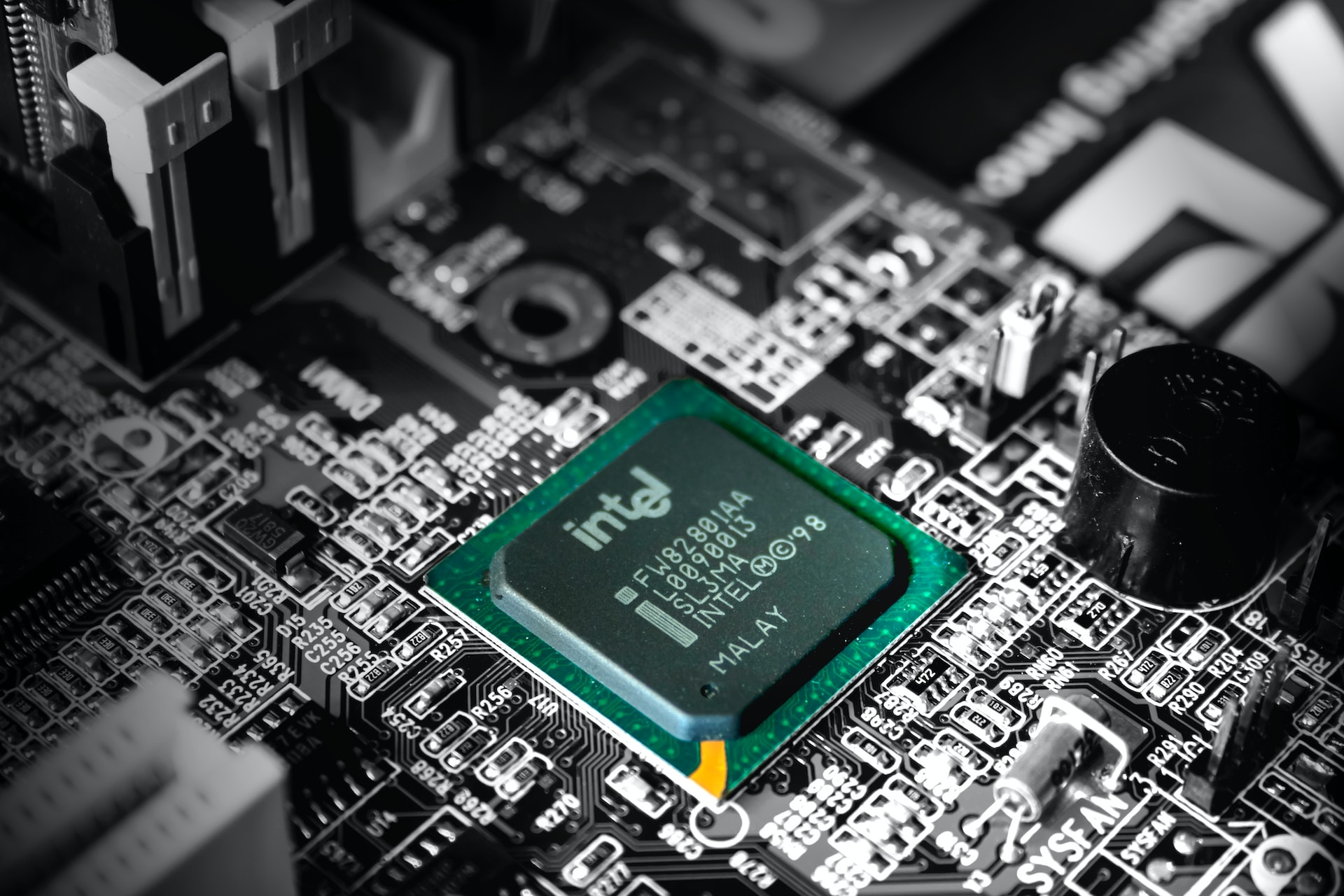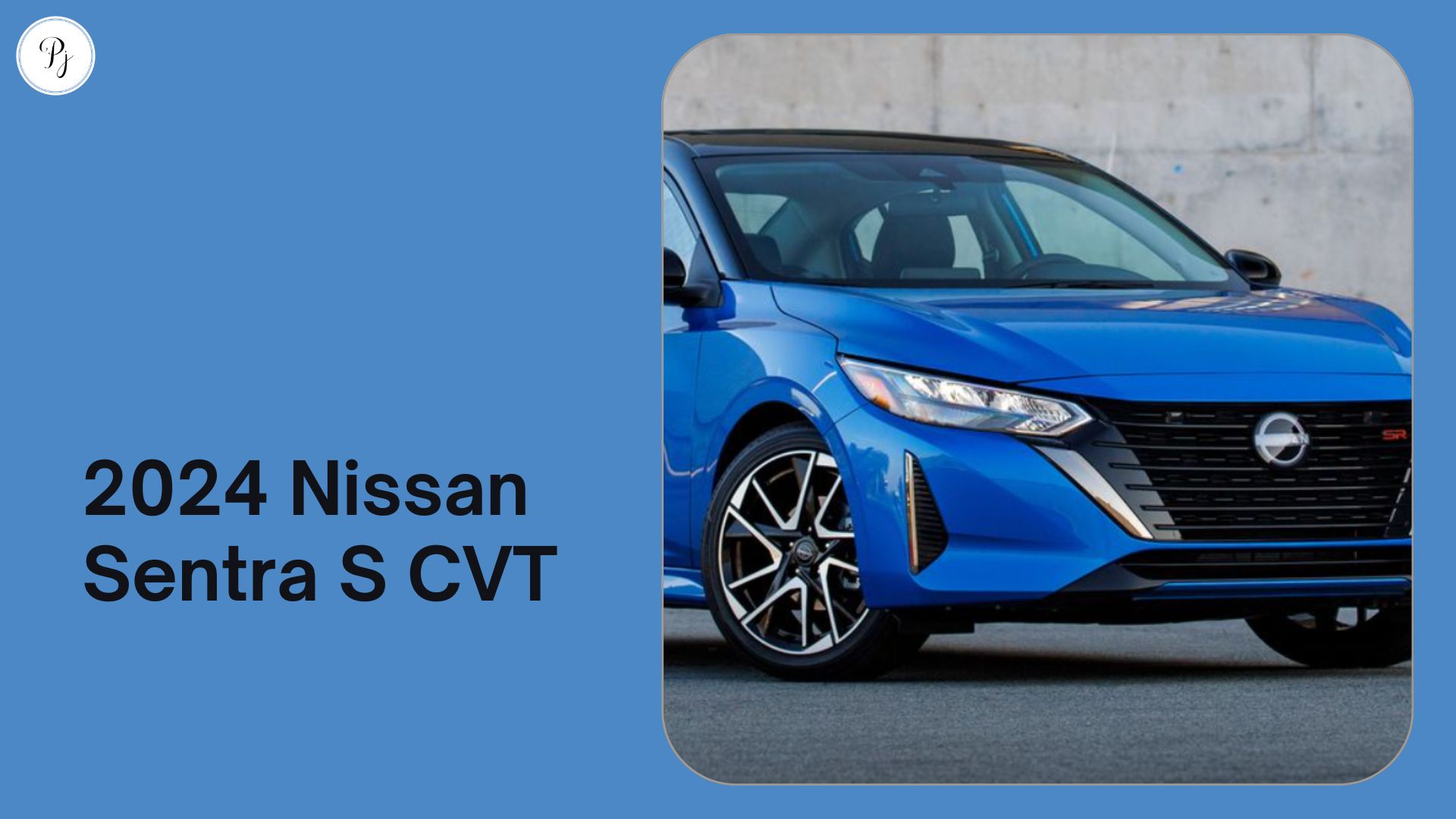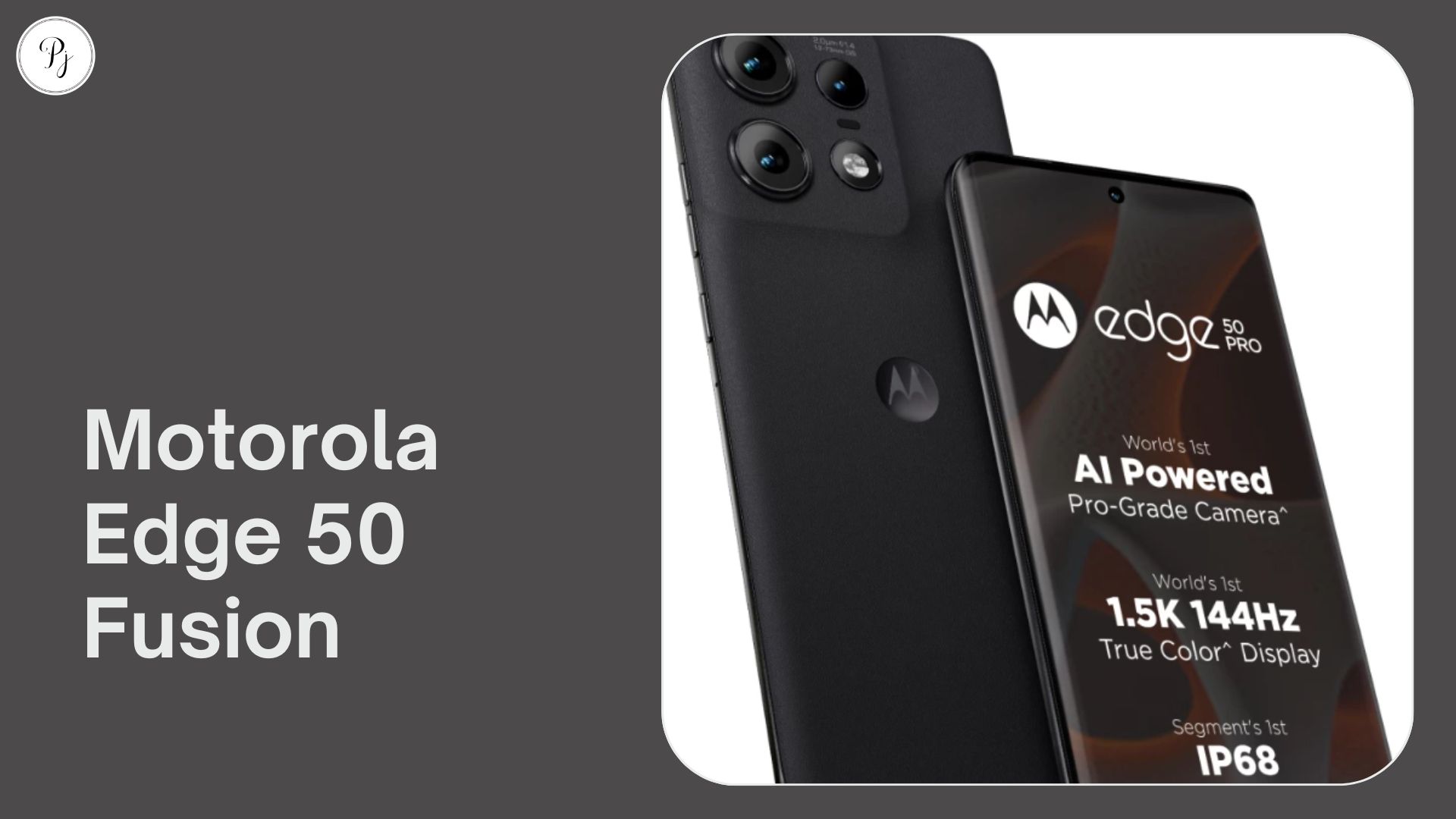Intel is preparing to launch its 14th generation of Core processors, codenamed Meteor Lake, in late 2023 or early 2024. These chips will be the first to use Intel’s new 7nm process, which promises to deliver better performance and efficiency than the current 10nm process. But what else can we expect from Meteor Lake? Here are some of the main features and innovations that Intel has revealed so far, as well as some of the latest news and updates.
A New Architecture with Tile-Based Design
One of the most significant changes in Meteor Lake is the new architecture that uses a tile-based design. This means that instead of having a single monolithic die, the chip is composed of multiple smaller dies, or tiles, that are connected by Intel’s Foveros 3D packaging technology. Each tile can have a different function and be manufactured on a different process node, allowing for more flexibility and scalability.
The main tiles in Meteor Lake are:
- The compute tile, which contains up to six high-performance Redwood Cove cores and up to eight power-efficient Crestmont cores. These cores are based on a new microarchitecture that replaces the Skylake core design that has been used since 2015. The compute tile also has dedicated AI processing capabilities that can accelerate tasks such as image recognition and natural language processing.
- The graphics tile, which features Intel’s Xe-LPG graphics architecture with up to 128 execution units. This is a significant upgrade from the current Xe-LP graphics with up to 96 execution units. The graphics tile also supports Intel’s Xe Super Sampling (XeSS) technology, which is a competitor to Nvidia’s DLSS and AMD’s FSR. XeSS uses AI to upscale lower-resolution images to higher-resolution ones, improving the image quality and frame rate of games.
- The system-on-chip (SoC) tile, which contains two low-power Crestmont cores that handle background tasks and system management. The SoC tile also integrates various components such as memory controllers, security engines, audio and video codecs, and display controllers.
- The I/O tile, which provides connectivity options such as PCI Express 5.0, Wi-Fi 7, DisplayPort 2.1, and HDMI 2.1. The I/O tile also supports Thunderbolt 5, which is expected to offer twice the bandwidth of Thunderbolt 4.
A Focus on Mobile Performance and Efficiency
Meteor Lake will be exclusively available for laptops, at least initially. Intel has not announced any plans to release desktop versions of Meteor Lake yet, although it may do so in the future. Instead, Intel will continue to use its Raptor Lake Refresh architecture for desktops, which is an improved version of its 12th-generation Alder Lake architecture.
The reason for this focus on mobile is that Meteor Lake is designed to offer high performance and efficiency for laptops, especially thin and light ones. Intel claims that Meteor Lake will deliver discrete graphics-level performance on integrated graphics, thanks to the Xe-LPG graphics architecture and XeSS technology. This means that users can enjoy smooth gaming and content creation on their laptops without needing a dedicated GPU.
Moreover, Meteor Lake will also offer significant battery life improvements over previous generations. Intel says that Meteor Lake will use up to 40% less power than Alder Lake while delivering similar performance levels. This is achieved by using the 7nm process, which reduces the power consumption and heat generation of the chip, as well as by using the tile-based design, which allows for better power management and optimization across different tiles.
A New Branding Scheme for Intel Core Processors
Along with Meteor Lake, Intel will also introduce a new branding scheme for its Core processors. The new scheme will drop the letter i from the tiering (e.g., Core i3, Core i5, etc.) and use simpler names such as Core 3, Core 5, Core 7, and Core 9. The new scheme will also use a new processor numbering system that puts the processor number after the word “processor”, such as Core 5 processor ##xx.
The new branding scheme is meant to make it easier for consumers to understand the performance and features of different processors. It will also help differentiate between different types of processors, such as Core Ultra for laptops (based on Meteor Lake) and Core for desktops (based on Raptor Lake Refresh).
A Summary of Meteor Lake Features
To recap, here are some of the main features and innovations that Meteor Lake will bring:
| Feature | Description |
|---|---|
| 7nm process | A smaller and more efficient manufacturing process that reduces power consumption and heat generation |
| Tile-based design | A modular design that uses multiple smaller dies connected by Foveros 3D packaging technology |
| Redwood Cove cores | High-performance cores based on a new microarchitecture that replaces Skylake |
| Crestmont cores | Power-efficient cores based on a new microarchitecture that replaces Tremont |
| Xe-LPG graphics | A powerful integrated graphics architecture with up to 128 execution units |
| XeSS | A technology that uses AI to upscale lower-resolution images to higher-resolution ones, improving image quality and frame rate |
| AI processing | Dedicated hardware that can accelerate AI tasks such as image recognition and natural language processing |
| PCI Express 5.0 | A faster and more reliable interface for connecting devices such as SSDs and GPUs |
| Wi-Fi 7 | A wireless standard that offers higher speeds, lower latency, and better security |
| DisplayPort 2.1 | A display interface that supports higher resolutions, refresh rates, and HDR |
| HDMI 2.1 | A display interface that supports higher resolutions, refresh rates, and HDR |
| Thunderbolt 5 | A high-speed interface that offers twice the bandwidth of Thunderbolt 4 |
Conclusion
Meteor Lake is Intel’s next-generation Core processor that will offer a major overhaul in terms of performance, efficiency, and features. Meteor Lake will use a new 7nm process, a new tile-based design, a new core microarchitecture, a new graphics architecture, and a new branding scheme. Meteor Lake will be aimed at laptops, especially thin and light ones, and will compete with AMD’s Ryzen 6000 series and Apple’s M-series processors. Meteor Lake is expected to launch in late 2023 or early 2024, so stay tuned for more updates and news.





